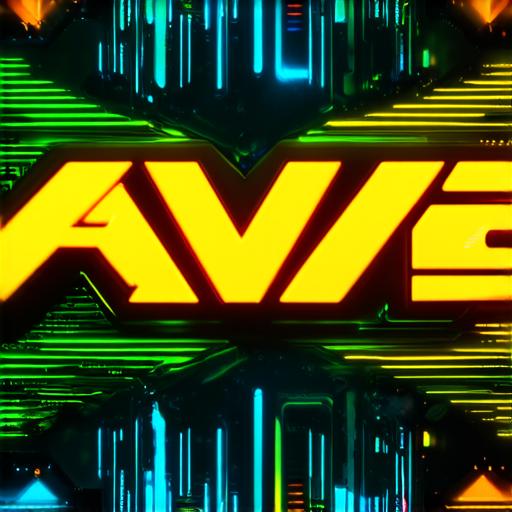If you’re a crypto developer looking to expand your knowledge of the decentralized finance (DeFi) space, then you’ve come to the right place. In this guide, we’ll take a closer look at AAVE, one of the most popular and widely-used DeFi protocols on the Ethereum network.
What is AAVE?
AAVE (Ethereum Address 0x1337) is an open-source, non-custodial, and decentralized lending protocol built on top of the Ethereum blockchain. It allows anyone to become a lender or borrower by providing a platform for creating and managing various types of loans.
AAVE’s Features
AAVE offers a wide range of features that make it a versatile tool for DeFi enthusiasts and developers alike. For example, it supports both fixed-rate and variable-rate loans, as well as collateralized and uncollateralized borrowing. It also has a built-in liquidity provider (LP) system that allows users to earn passive income by providing liquidity to the protocol.
AAVE’s Governance Model: Decentralized Autonomy in Action
AAVE’s governance model is based on a DAO, which allows for decentralized decision-making and management of the protocol. The AAVE DAO is made up of three main components: the treasury, the security auditor, and the protocol governance.
The Treasury
The treasury is responsible for managing the protocol’s funds and ensuring that they are used in a way that benefits the community. This includes things like paying for security audits, funding development projects, and providing grants to developers who contribute to the protocol.
Security Auditor
The security auditor is responsible for reviewing and approving all security-related changes to the protocol. This ensures that the protocol remains secure and free from vulnerabilities that could be exploited by bad actors.

Protocol Governance
The protocol governance is where decisions about the direction of the protocol are made, including things like which new features to add, how to allocate funds, and how to respond to security incidents. The governance process is based on a voting system, with each stakeholder having an equal say in the decision-making process.
AAVE’s Security: Keeping Your Assets Safe
As with any cryptocurrency or DeFi protocol, security is paramount when it comes to AAVE. The protocol uses a variety of security measures to protect its users and their assets.
Smart Contracts
One of the key security features of AAVE is its use of smart contracts. Smart contracts are self-executing programs that run on the Ethereum blockchain. They are used to manage the lending and borrowing process, as well as handle other important tasks like distributing funds and managing collateral. Because smart contracts are executed automatically, they are much less prone to human error or tampering than traditional systems.
Security Best Practices
AAVE also uses a variety of security best practices when it comes to storing and managing its users’ assets. For example, it uses multi-signature wallets to store its treasury funds, which require multiple parties to sign off on transactions before they can be executed. It also has a bug bounty program, which rewards security researchers who are able to find and report vulnerabilities in the protocol.
AAVE’s Popularity: A Growing Community of Users and Developers
Note: AAVE is one of the most popular DeFi protocols on the Ethereum network.
